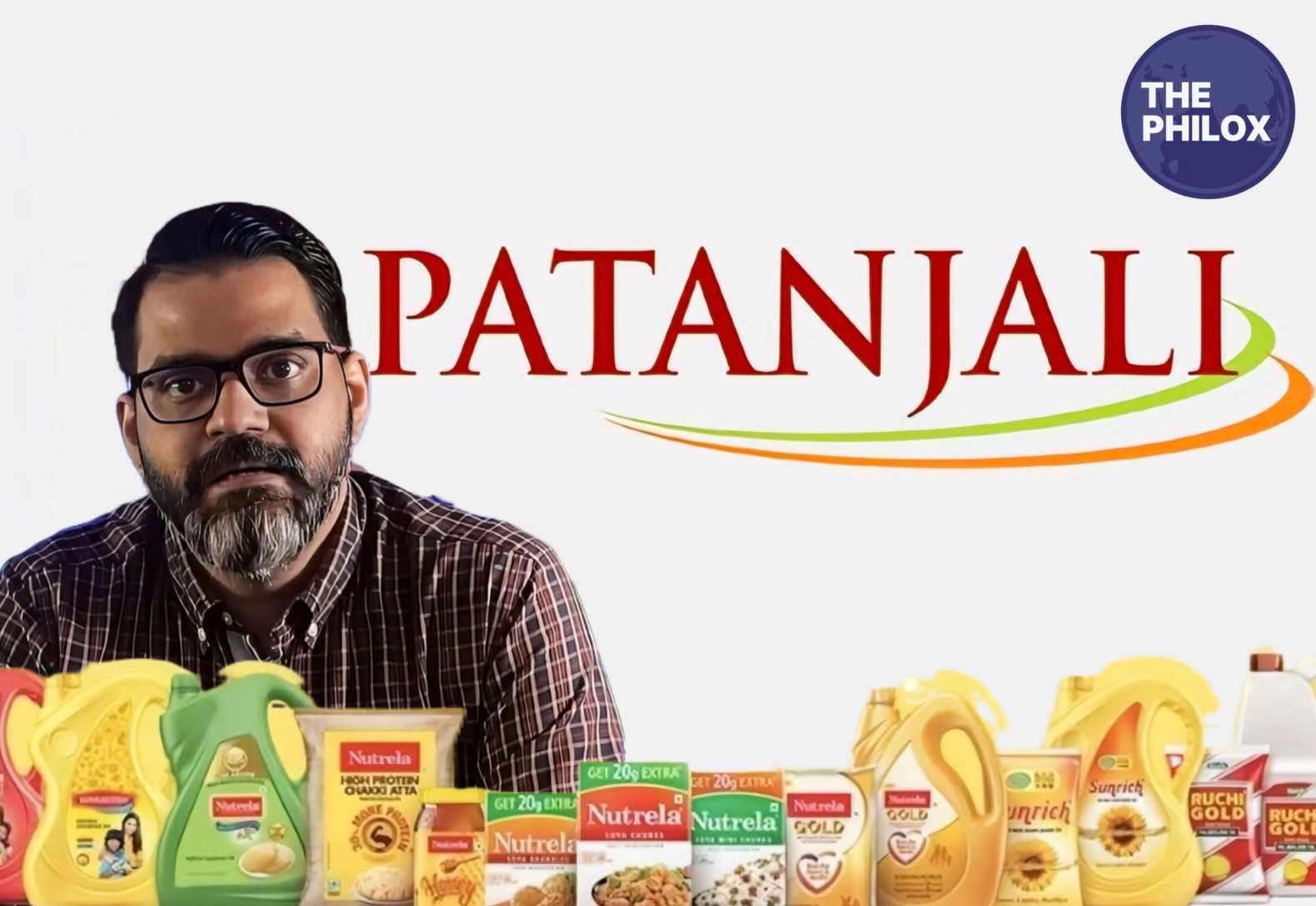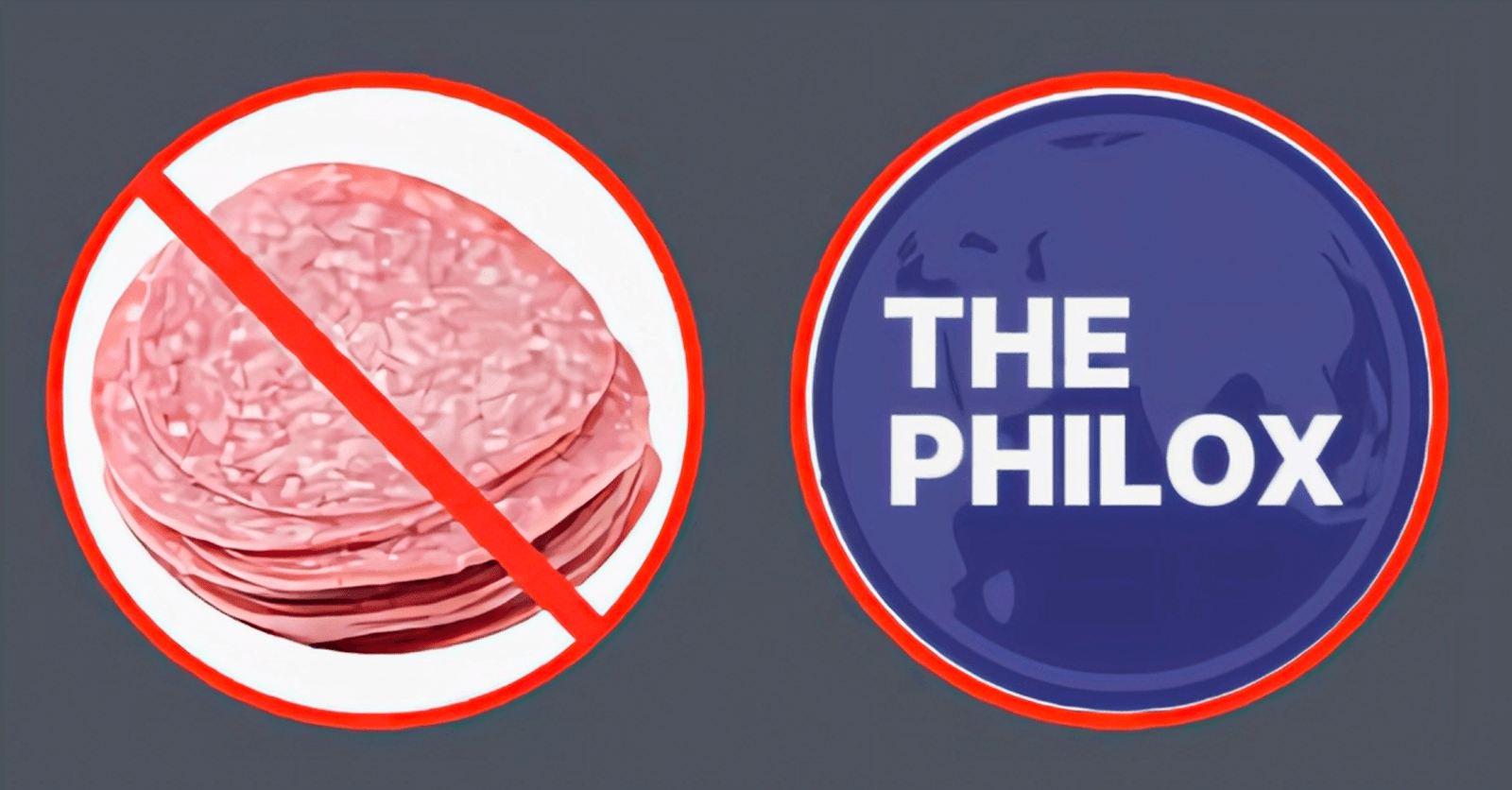Haridwar, India – June 20, 2025, 04:37 PM IST
A recent study promoting Patanjali Ayurved’s proprietary herbal formulation, Neurogrit Gold, as a potential breakthrough in managing Parkinson’s disease has sparked intense debate within the scientific community. It was a study conducted by the scientist who are members of Patanjali research foundation and whose findings were widely published by The Statesman and other media outlets and it is stated that this Ayurvedic drug may provide a new hope in terms of curbing the memory losses and the life span of people with this disease may be boosted as well.
The researchers were funded in full by Patanjali Ayurveda and the research results were determined by performing experiments on Caenorhabditis elegans which is a free living nematode worm. Acharya Balkrishna, the chairman of the company, raved about Neurogrit Gold as a quite unique combination of ancient Ayurvedic and contemporary science, asserting that it could assist patients to restore independence to their everyday life actions.
Nevertheless, a scrupulous review by Dr. Cyriac Abby Phillips, a hepatologist considered as TheLiverDoc on X, has put these allegations to a severe test, calling to review the flaws underlying the study more carefully.
Dr. Philips’ detailed analysis, shared on X with a series of annotated images, begins by dissecting the methodological design and exposing what he describes as fundamental weaknesses. According to him, a 6-OHDA toxin procedure in C. elegans, which was used to replicate Parkinson s disease, is too simple and does not resemble the highly intricate decades-long synucleinopathy that is present in human patients.
According to him, this model fails to consider important biological aspects like the anatomy of the mammalian brain, the existence of the blood-brain barrier, the involvement of the immune system and the dissemination of the alpha-synuclein prions- which are the most significant factors relating to the pathogenesis of Parkinson in humans.
Moreover, it was not possible to test the result of the seven herbal and metallic constituents and greatest ingredient in the formulation alone, such as Jyotishmati, Giloy, Ekangveer Ras, Moti Pishti, Rajat Bhasma, Vasant Kusumakar Ras and Rasraj Ras individually, and it was out of doubt which, or whether any, of them provide the effects reported.
It is not certain that the same active ingredients may penetrate the mammalian brain in vivo as well, and unless pharmacokinetic data demonstrates this is a possibility, the findings of the study are sort of hypothetical in relevance to human therapy.
Adding to the concerns, Dr. Philips highlights the study’s arbitrary dosing regimen and alarmingly small sample size, which further undermine its credibility. Most assays were carried out with doses of 3 to 30 0 196 g mL 1 or in the case of lifespan screening up to 100 0 196 g mL 1 without reasonable explanation or concentration-response curves being produced to confirm that these were an effective dose.
Given that the sample size amounted to only 8 to 10 worms per group in body-bend tests and neuron imaging, the sample size is too small to make any meaningful conclusions, and such results are more probable to be false-positive or false-negative. The exposure of worms to a high 50 mM 6-OHDA dose over five days—near the upper limit of lethality—raises additional questions, with Dr. Philips suggesting that any observed “rescue” effect might simply reflect non-specific antioxidant buffering rather than a targeted disease-modifying action.
To make these problems worse, the research was not randomized or blinded, and it measured effects, such as body bends and chemotaxis, using manual scoring, which is highly observer-biased. That confirmation bias is of greater significance and that the research was not independently replicated is compounded by the fact that all authors are employees of the Patanjali Research Foundation, which also paid for the research.
Moreover, in other parts of his critique, Dr. Philips raises alarm bells with regard to some devastating statistical anomalies and inadequacies of the study on the part of clinical applications. He points out the use of multiple comparisons without proper adjustment, a practice akin to p-value fishing that artificially inflates the significance of results, with p-values as low as 0.0001 reported across nearly every endpoint—a classic fingerprint of selective data reporting.
The heavily skewed distributions and reliance on t-tests or ANOVA without addressing normality or confidence intervals further weaken the findings, which he argues are biologically trivial despite being statistically “significant.” On the clinical front, he emphasizes that the nematode model’s rapid metabolism and lack of human-relevant pathways mean the results do not translate to people.
The absence of toxicological data, cytochrome P450 interaction studies, or evidence of heavy-metal safety—given the formulation’s metallic content— is a source of additional doubts. Dr. Regarding further implications of the study of which the sample size is tiny and one outlier has affected the whole state of the condition, Philips even categorizes the study as representing what he calls aspiration rather than evidence and cautions against making extraneous interpretations of what the study offers in regards to the treatment of Parkinson.
This has created a firestorm on social media as users ridicule the use of only eight worms in the study and raise concerns about the credibility of Patanjali research process. Even Dr. Sonia and Eric Lang M.D. and other critics have criticized the media coverage as mere press releases or paid commercials, and before they can be applied clinically they ought to be independently vetted. Dr. The criticism that has followed Philips is very appreciative of his analysis, namely the rigor in it with some peers such as Rinnegan User pointing out the accuracy of his statistic and methodological examination. The intervention by TheLiverDoc has been a light of clarity among hype and he has won the admiration of the scientific community as well as common people that he is devoted to evidence-based medicine.
Patanjali Ayurved is yet to make any formal reaction to these criticisms leaving most questions unanswered. According to specialists, several steps of serious character have to be followed before Neurogrit Gold could be studied as a viable treatment path: isolation of components, mechanistic cell-based testing, pre-drugging analysis, chronic/lifespan toxicity at doses with heavy-metal dose-response monitoring, blind behavioral experiments with pre-registration of study procedures.
At least until these considerations are implemented, however, the formulation is not yet nearly prepared to be used in humans, and the paper under consideration should be viewed as a mere advertisement, as opposed to a valid translational step. At this stage, the patients, medical practitioners, and the community are advised to look into the assertions with skepticism until reliable independent evidence is developed to create that much-needed faith that Neurogrit Gold can be used to treat Parkinson.
Future is filled with more information which will then be updated in this report. For further inquiries, reach out to [your contact info, if applicable] or follow the ongoing discussion on X under the handle @theliverdr, where Dr. Philips continues to shed light on this and other health-related topics with his characteristic diligence and expertise.




